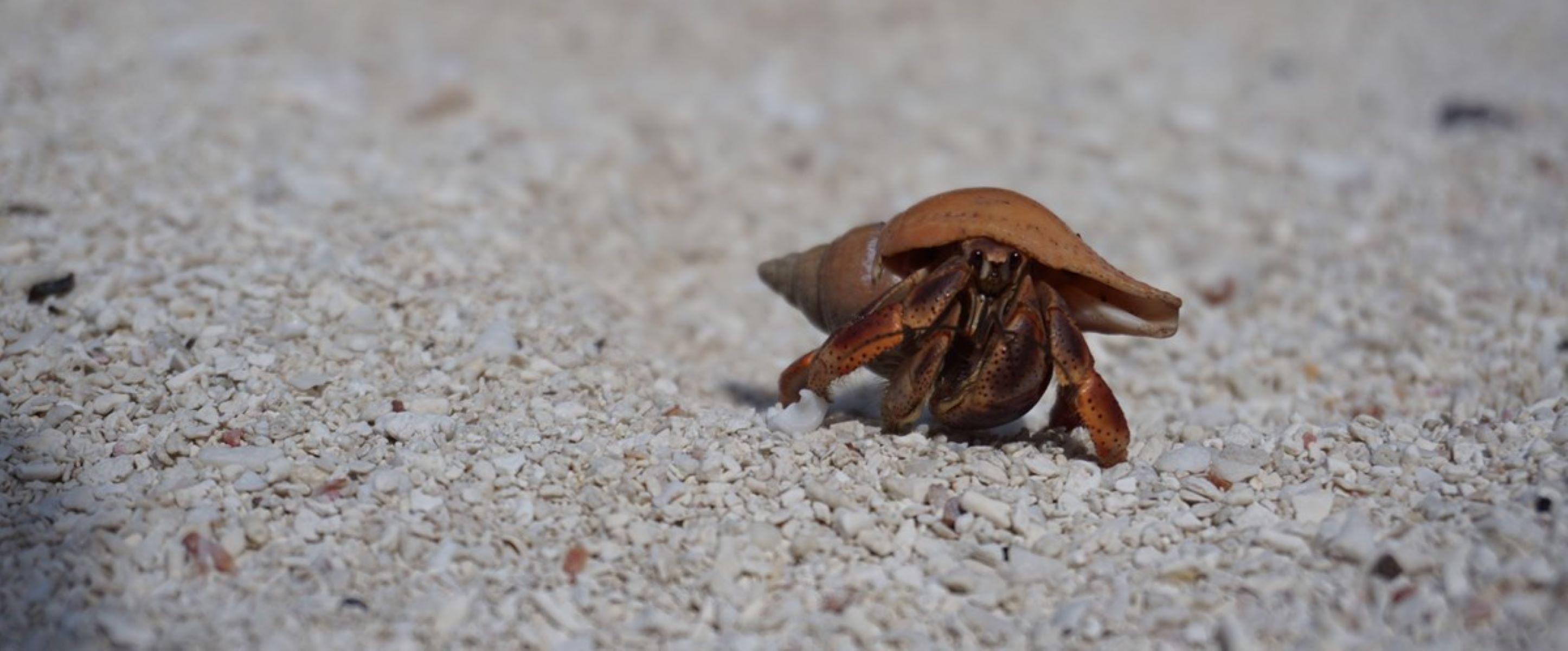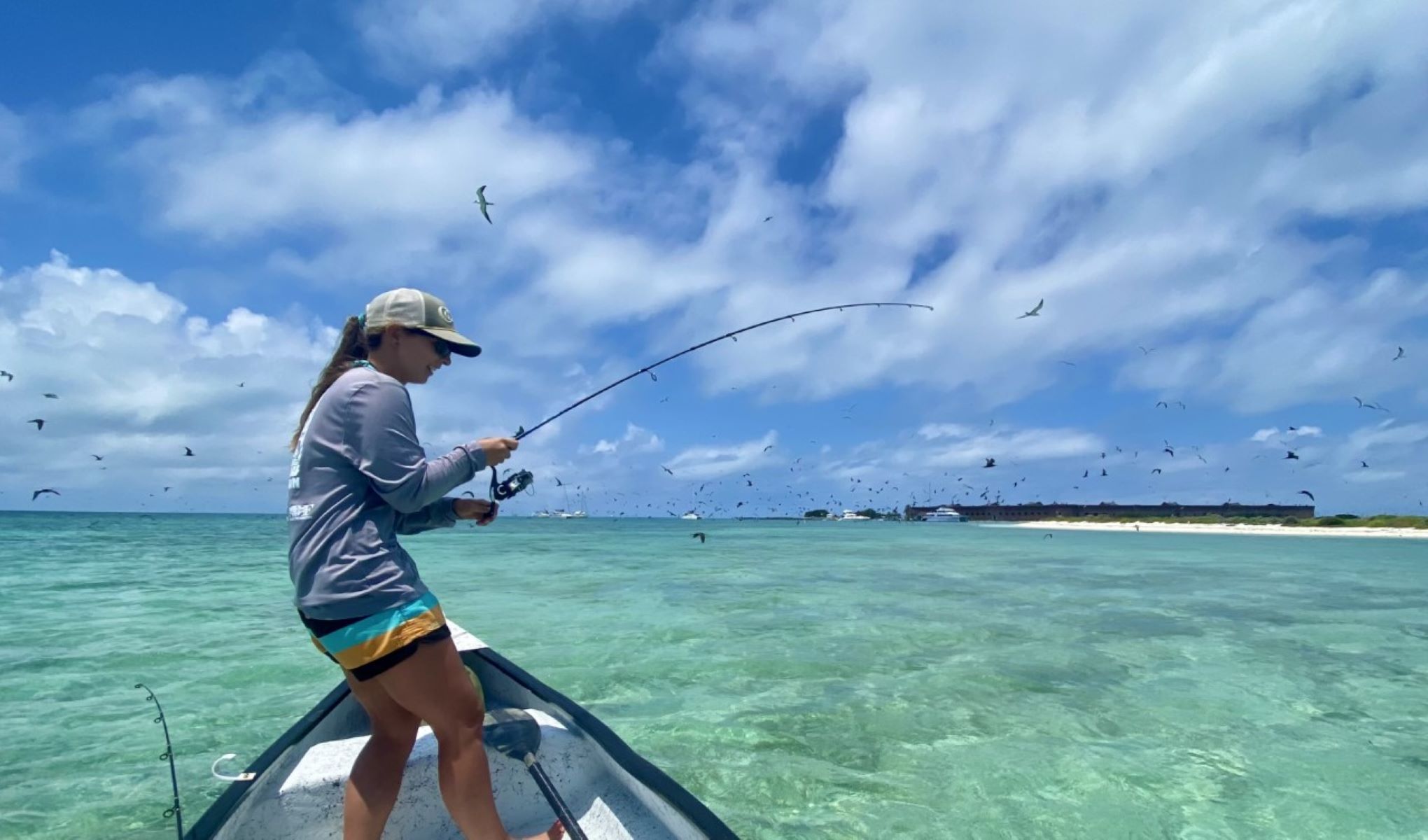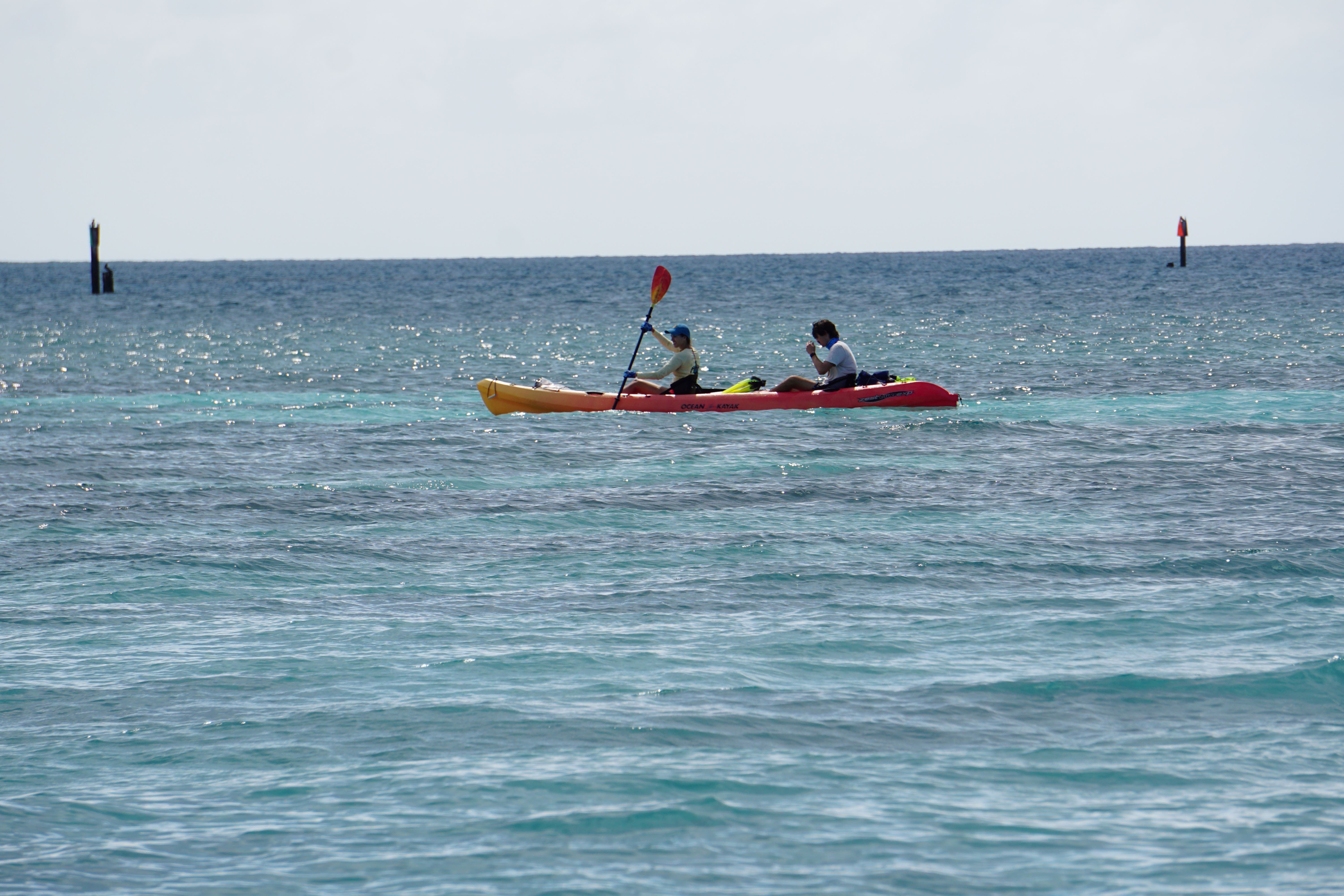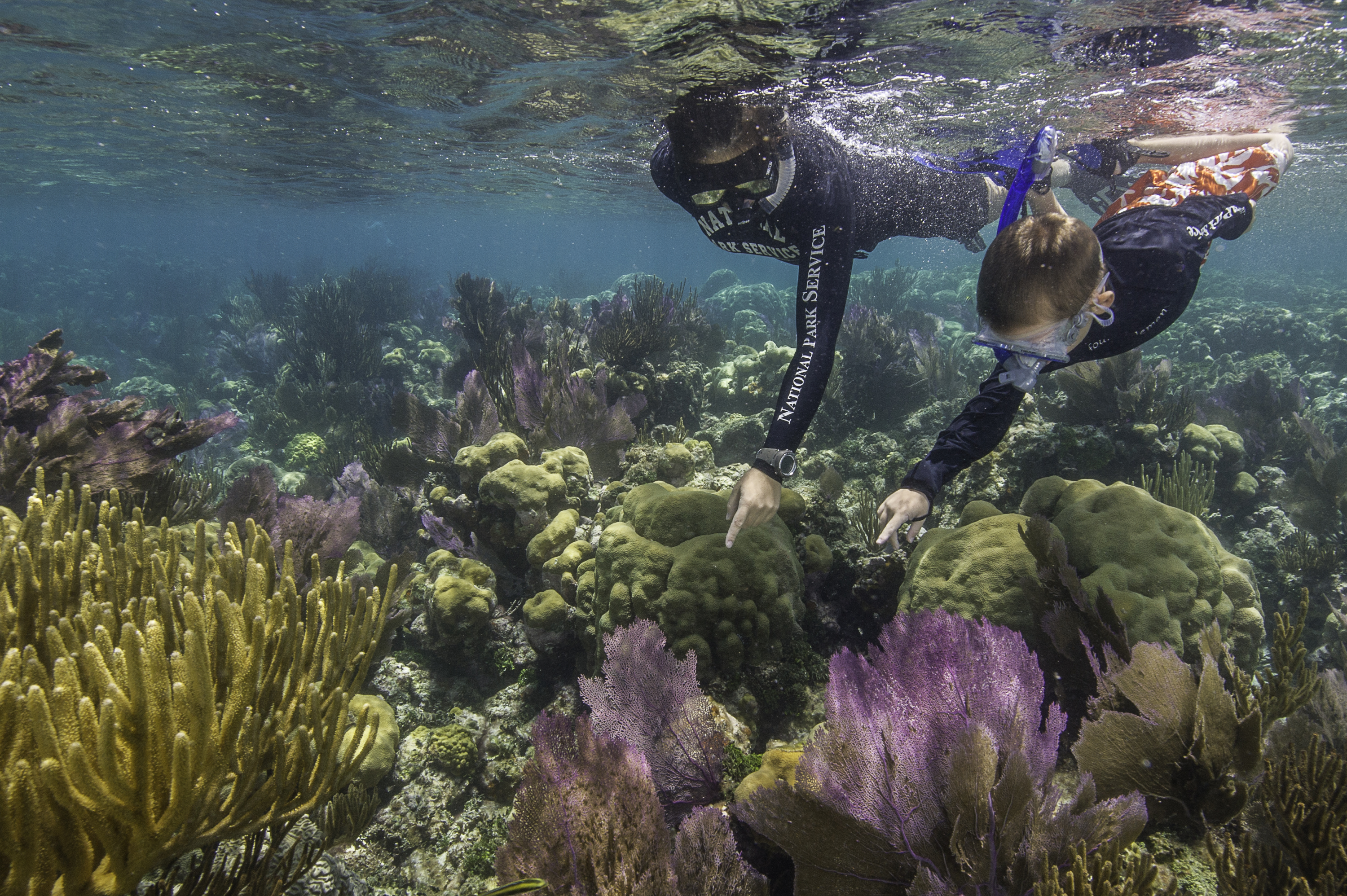Ferry Operations Update
From October 12-18, ferry service will be provided by the 'Big Cat' boat. From October 19-25, there will be no ferry service to the park. For questions, please contact the ferry operator.
Section of Bush Key is closed
A section of Bush Key is closed to support breeding and nesting activities of a colony of Magnificent Frigatebirds. The walk around the island is affected by this closure, however the walk from Garden Key to the tip of Bush Key remains open.
Moat Wall is closed for repairs until Fall 2026
The entire moat wall will be closed for repair and strengthening of the Fort Jefferson counterscarp (moat wall) damaged by Hurricane Irma in 2017 and Hurricane Ian in 2022. Additional damage occurred from hurricanes in 2024.
Migrant Notice
Like elsewhere in the Florida Keys, we have seen an increase in Cuban migrants arriving by boat from Cuba and landing on the islands of Dry Tortugas National Park. You may observe migrant landings at the park and visitor areas may be impacted.
Garden Key Harbor Light
Vessel operators - the Garden Key Harbor Light is undergoing repairs and is extinguished. At this time it is unknown when the light will again be illuminated.
| Title | Dry Tortugas |
| Park Code | drto |
| Description | Almost 70 miles (113 km) west of Key West lies the remote Dry Tortugas National Park. This 100-square mile park is mostly open water with seven small islands. Accessible only by boat or seaplane, the park is known the world over as the home of ma... |
| Location | |
| Contact | |
| Activities |
|
| Entrance fees |
Entrance - Per Person
$15.00
The entrance fee for Dry Tortugas National Park is $15.00 per person and is good for 7 consecutive days. Any person 15 years old and under is exempt from paying an entrance fees (including international visitors).
Ferry tickets include the cost of entrance to the park, but NOT camping fees.
Seaplane will charge the entrance fee upon arrival. Plan to bring cash for each person aged 16-years of age and older.
Private boaters may purchase a digital pass in advance or pay cash/check at Garden Key main dock.
|
| Campgrounds | Count: 1
Garden Key Campground
|
| Places | Count: 16
Bird Key WreckThe Bird Key Wreck, also known as the Brick Wreck. 
Campground RestroomFour composting toilets in the campground area. 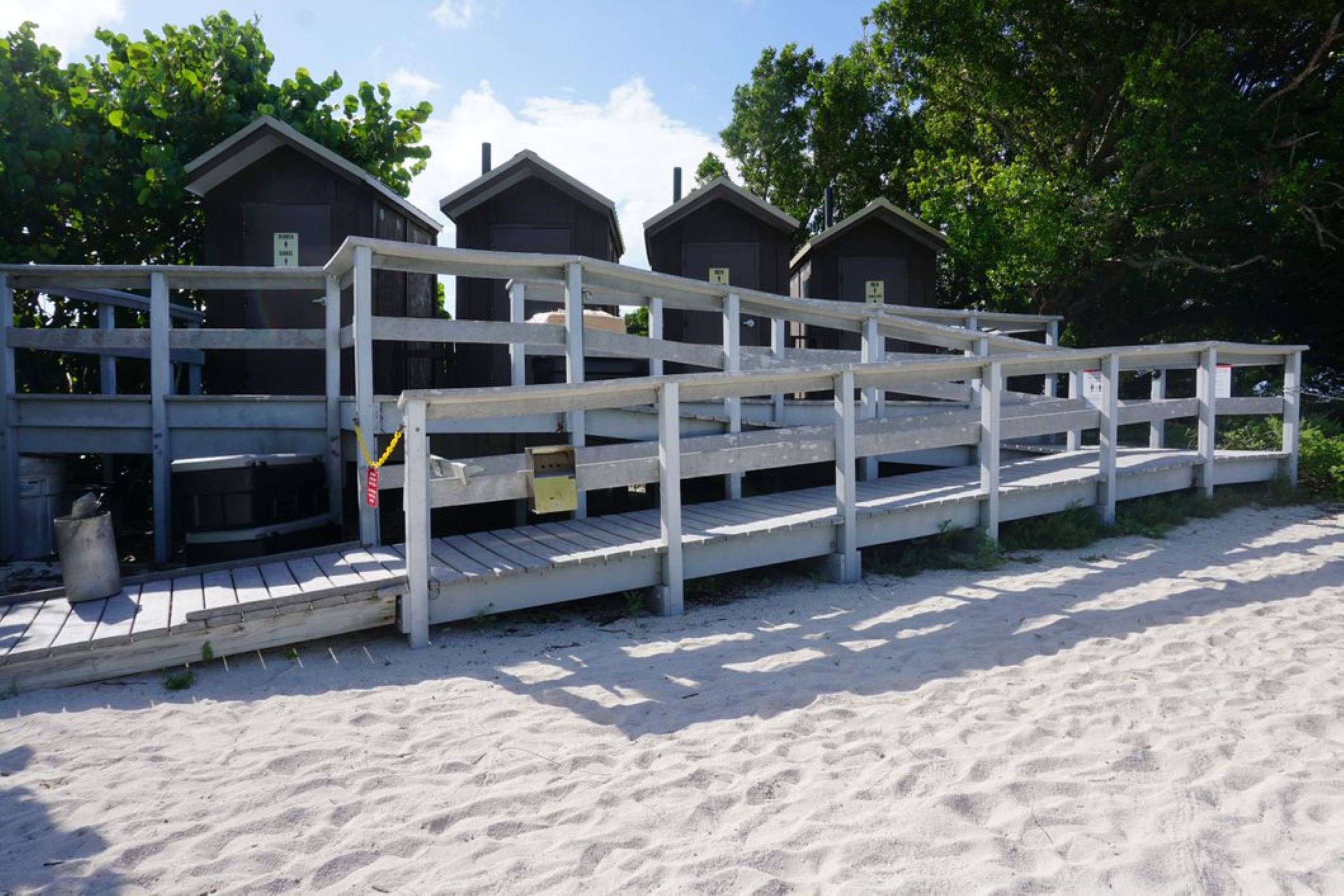
Dock House and InformationThe dockhouse on Garden Key 
Dr. Mudd's CellDr. Mudd's Cell above the sallyport. 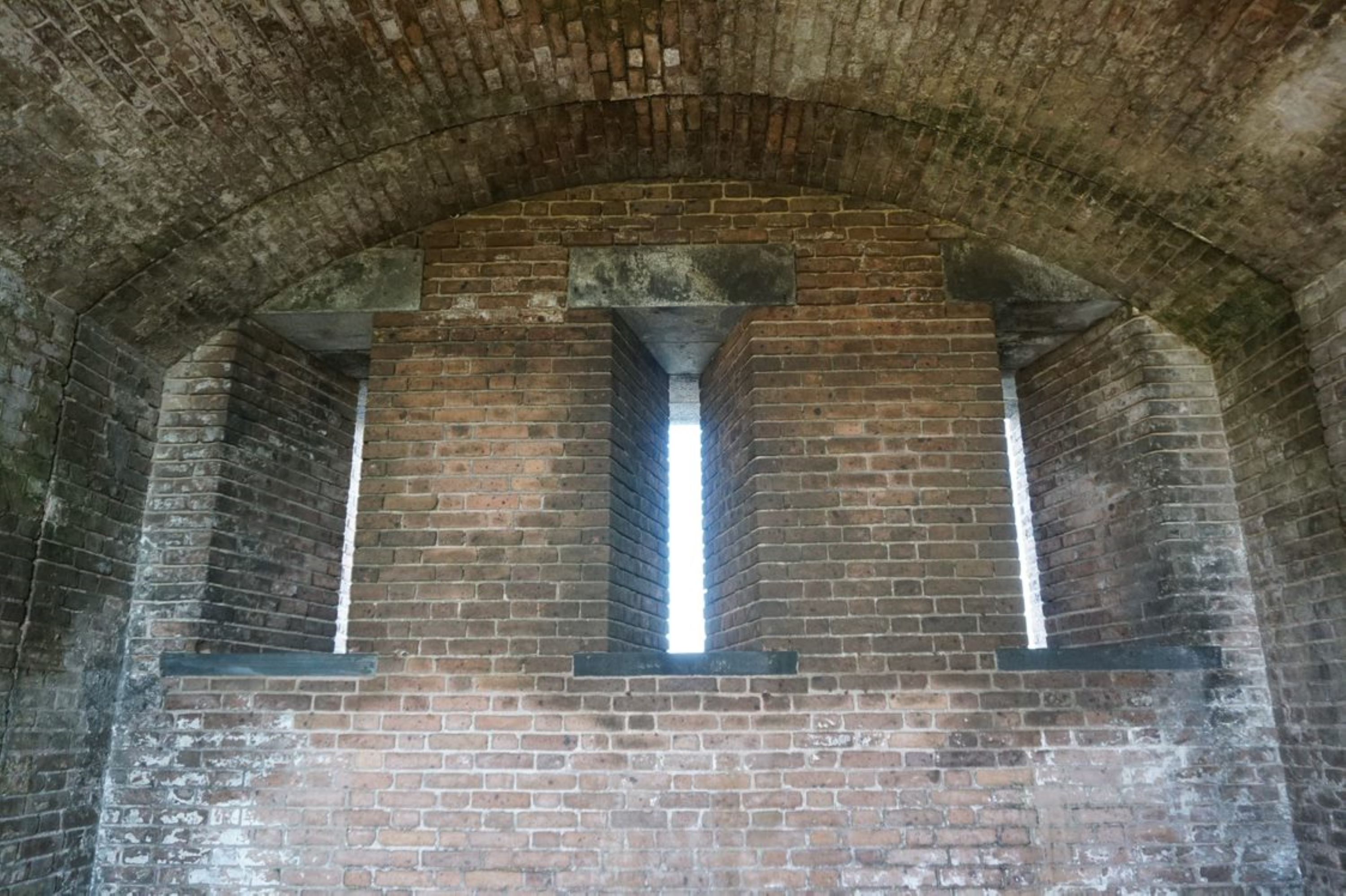
Dry Tortugas Research Natural Area (RNA)The RNA is a 46 square-mile no-take ecological preserve that provides a sanctuary for species affected by fishing and loss of habitat. 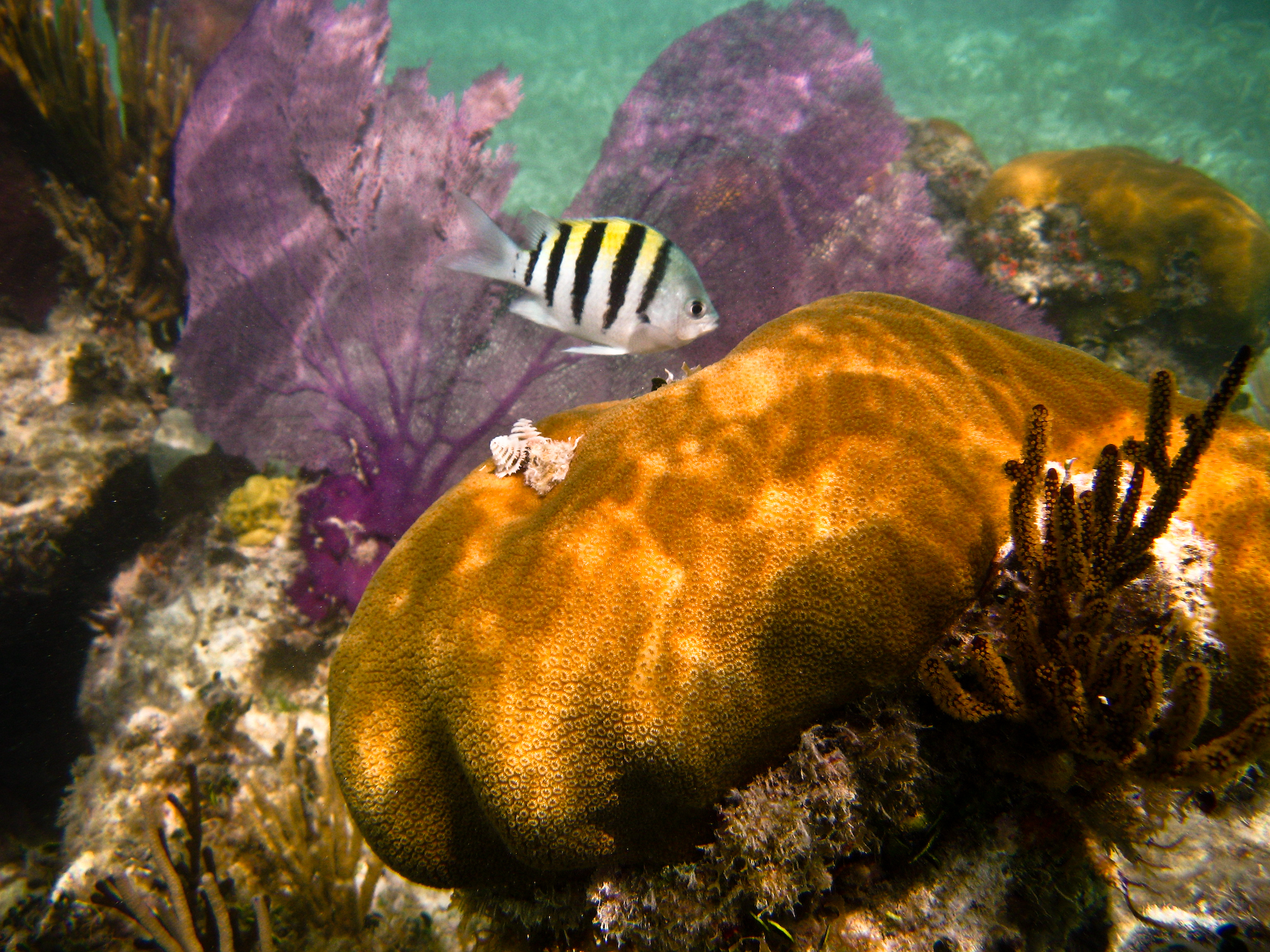
Fort JeffersonFort Jefferson, the largest all-masonry fort in the United States, was built between 1846 and 1875 to protect the nation's gateway to the Gulf of Mexico. During the Civil War, it was used as a Federal prison primarily for Union deserters, though in 1865 three of the Lincoln conspirators were imprisoned within its walls. 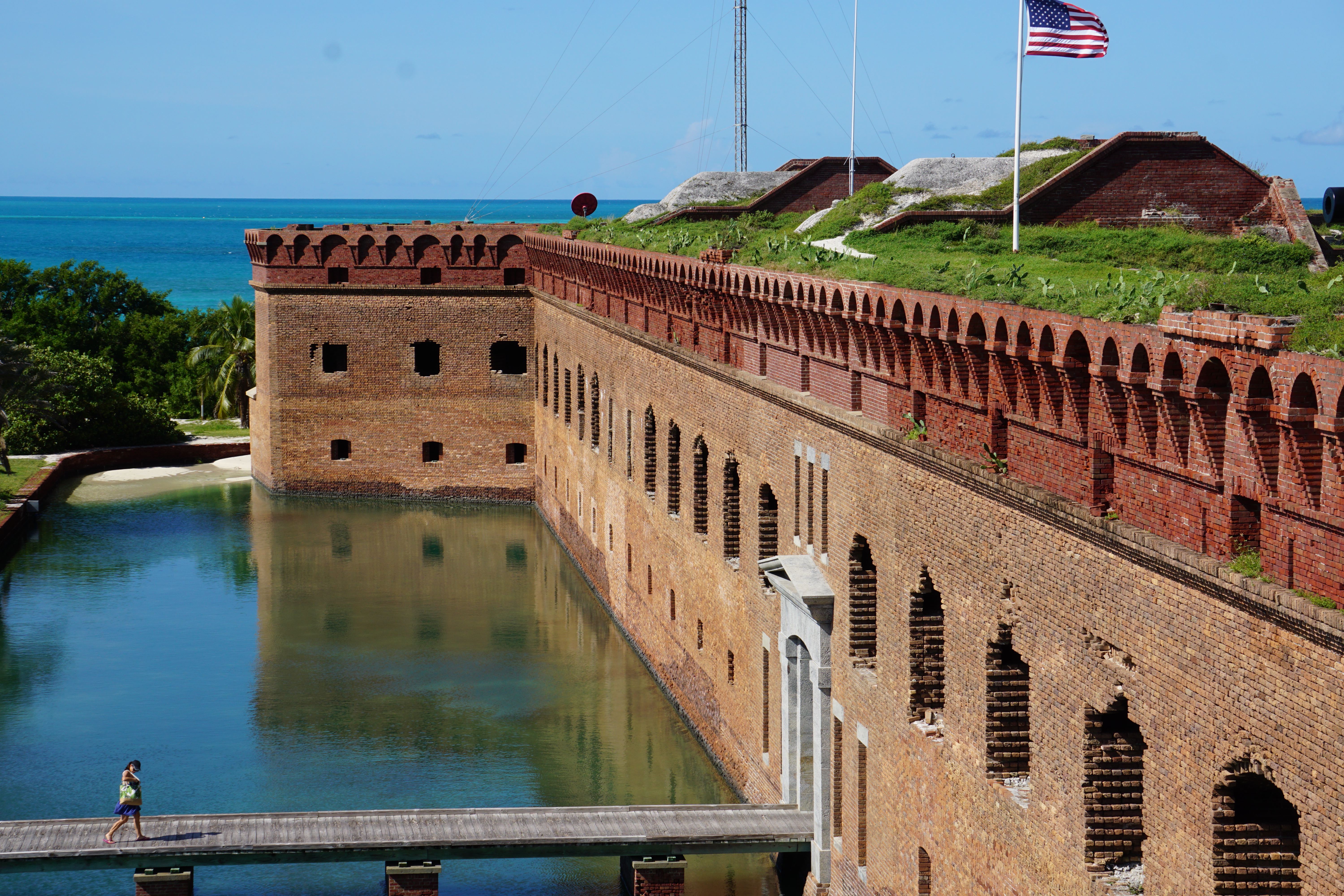
Fort Jefferson DungeonThe prison cell referred to as the dungeon of Fort Jefferson. 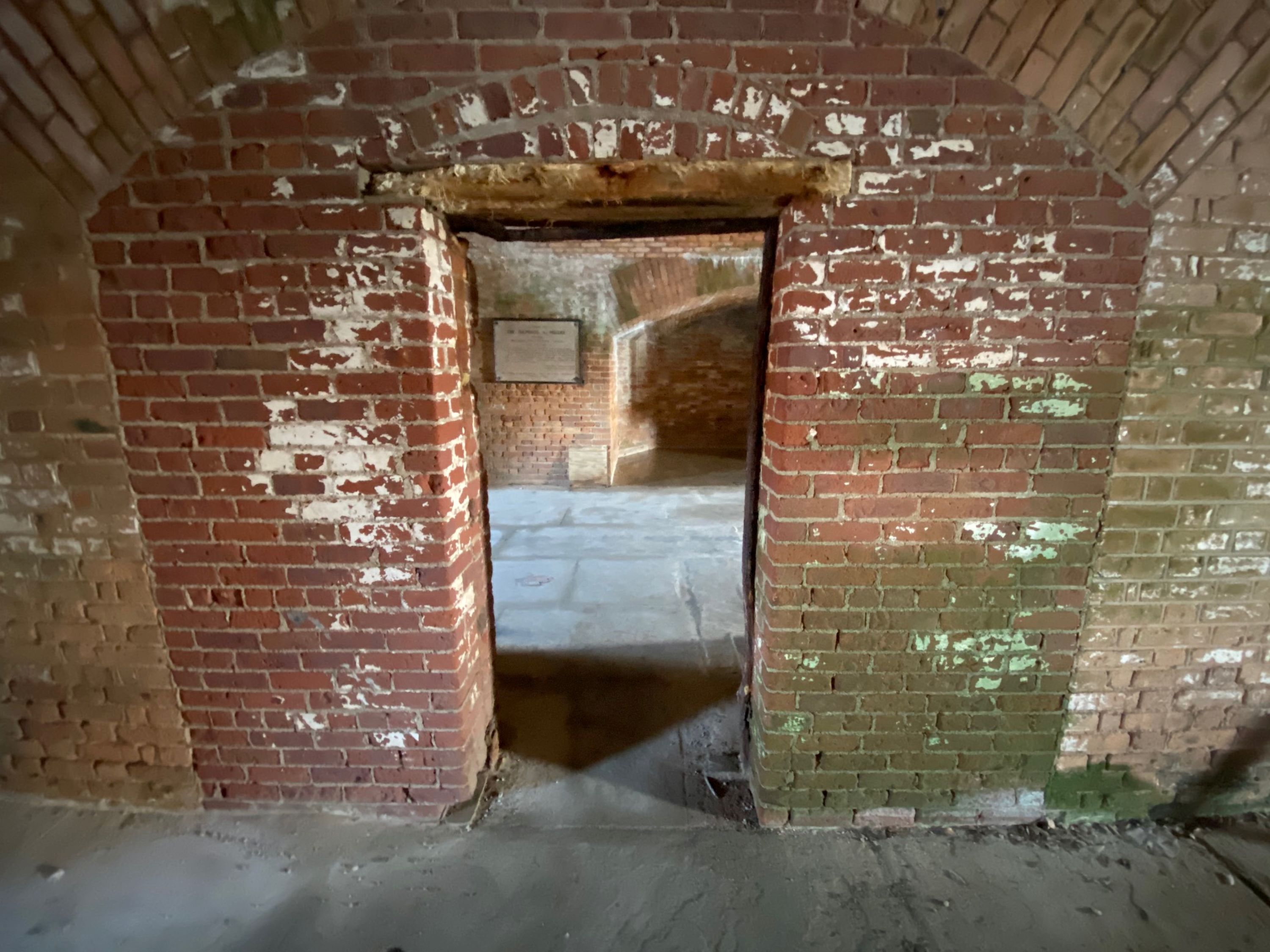
Garden KeyGarden Key 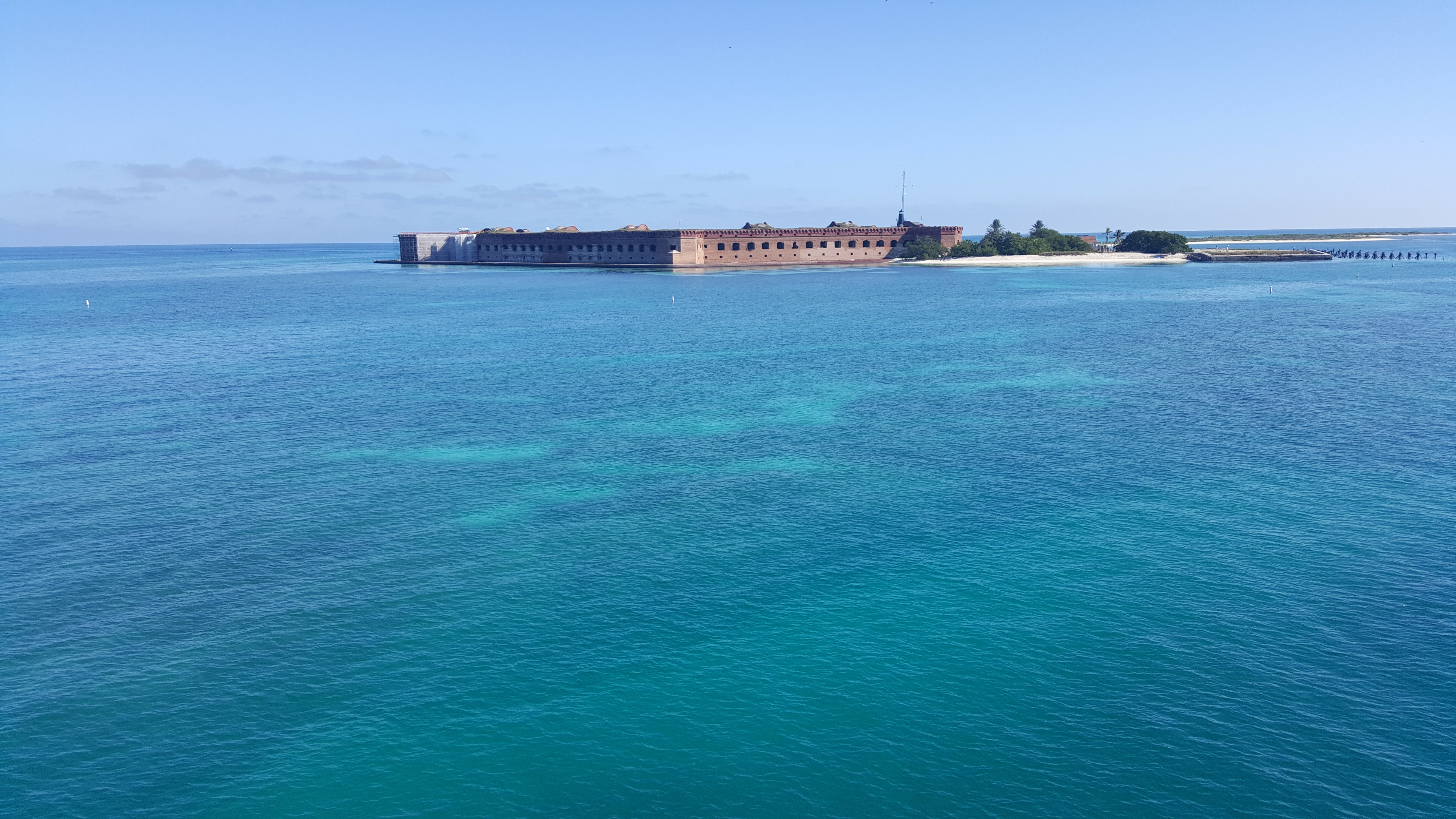
Little Africa Patch ReefLittle Africa Patch Reef located off the North side of Loggerhead key in the designated swim area. 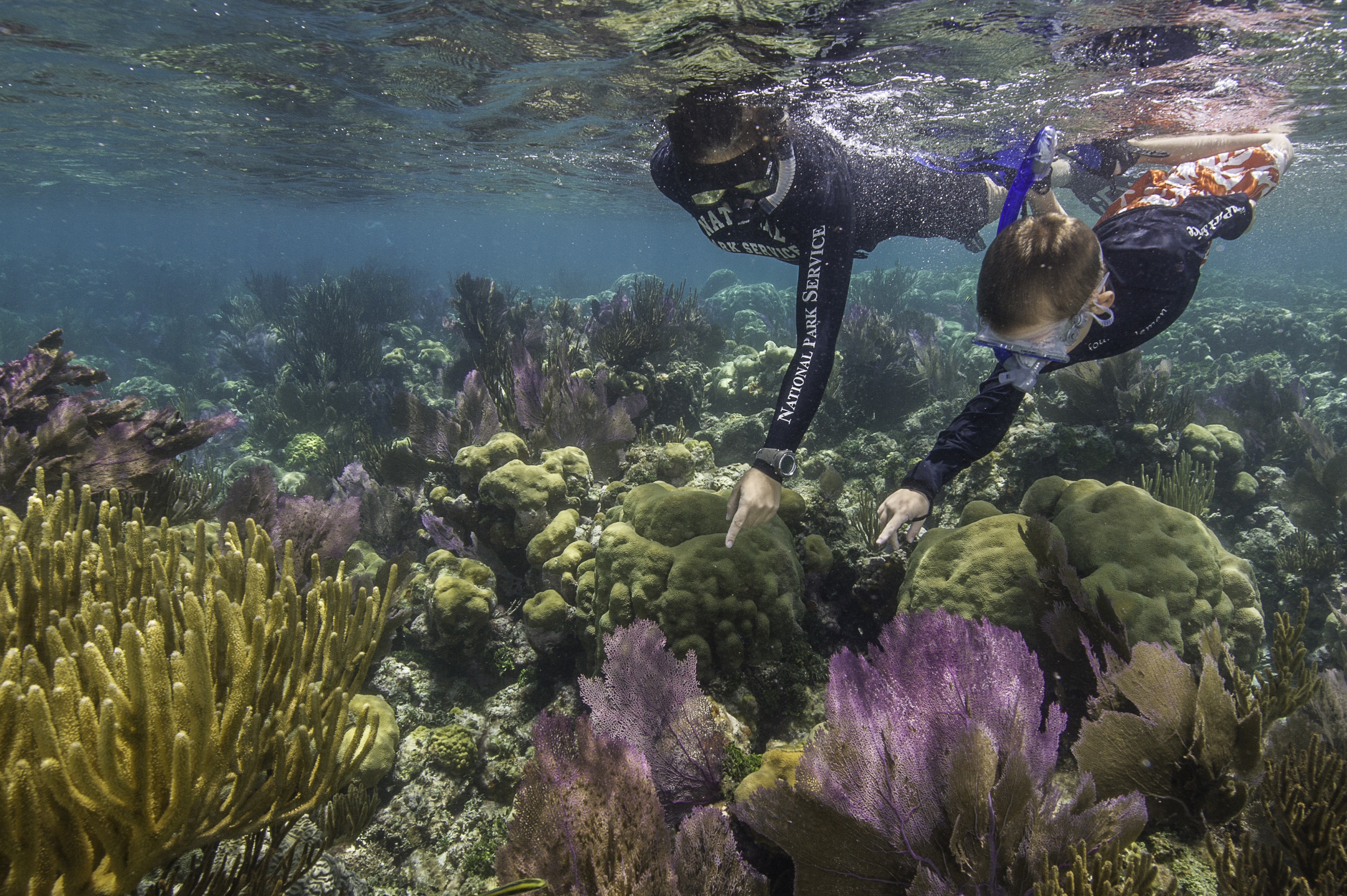
Loggerhead KeyLoggerhead Key, the largest island in the Dry Tortugas 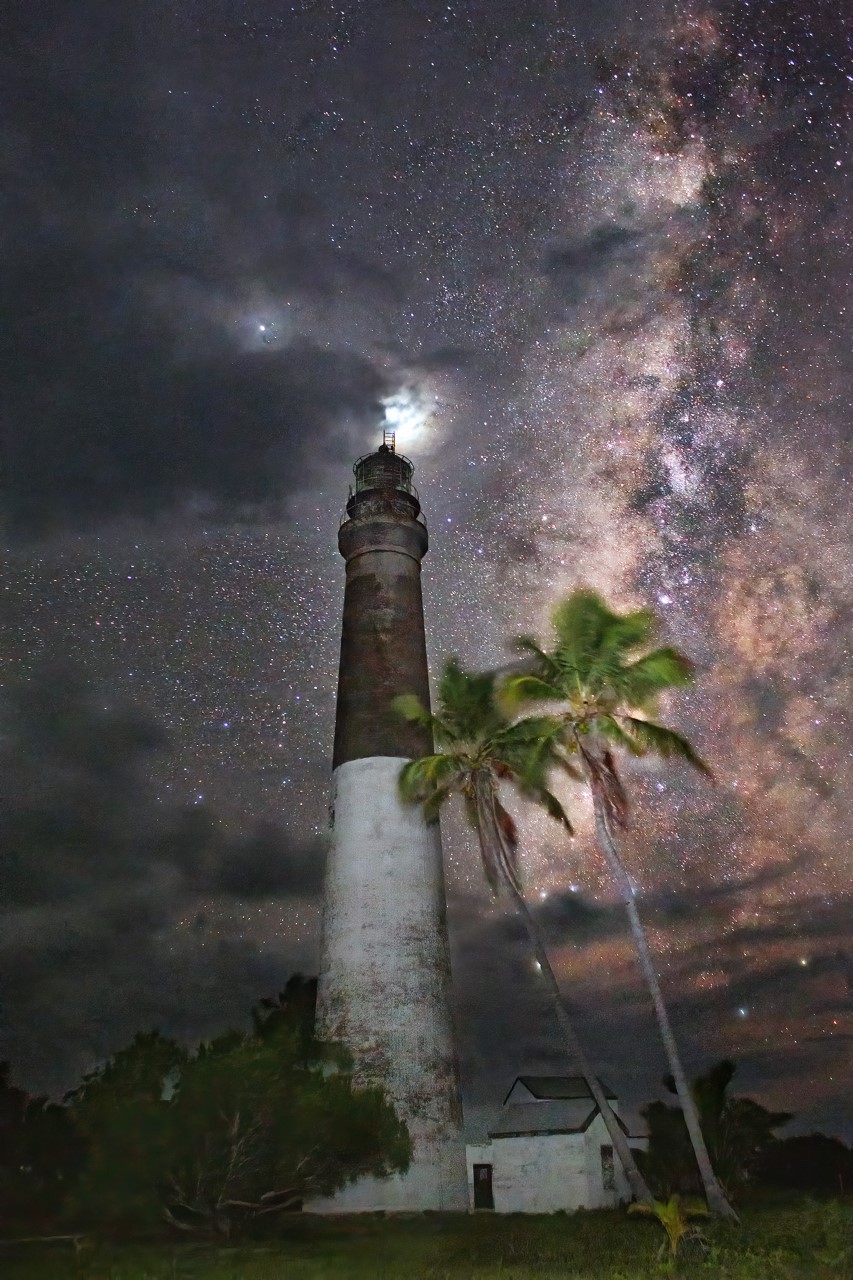
North Coaling DocksNorth Coaling Pier Pilings 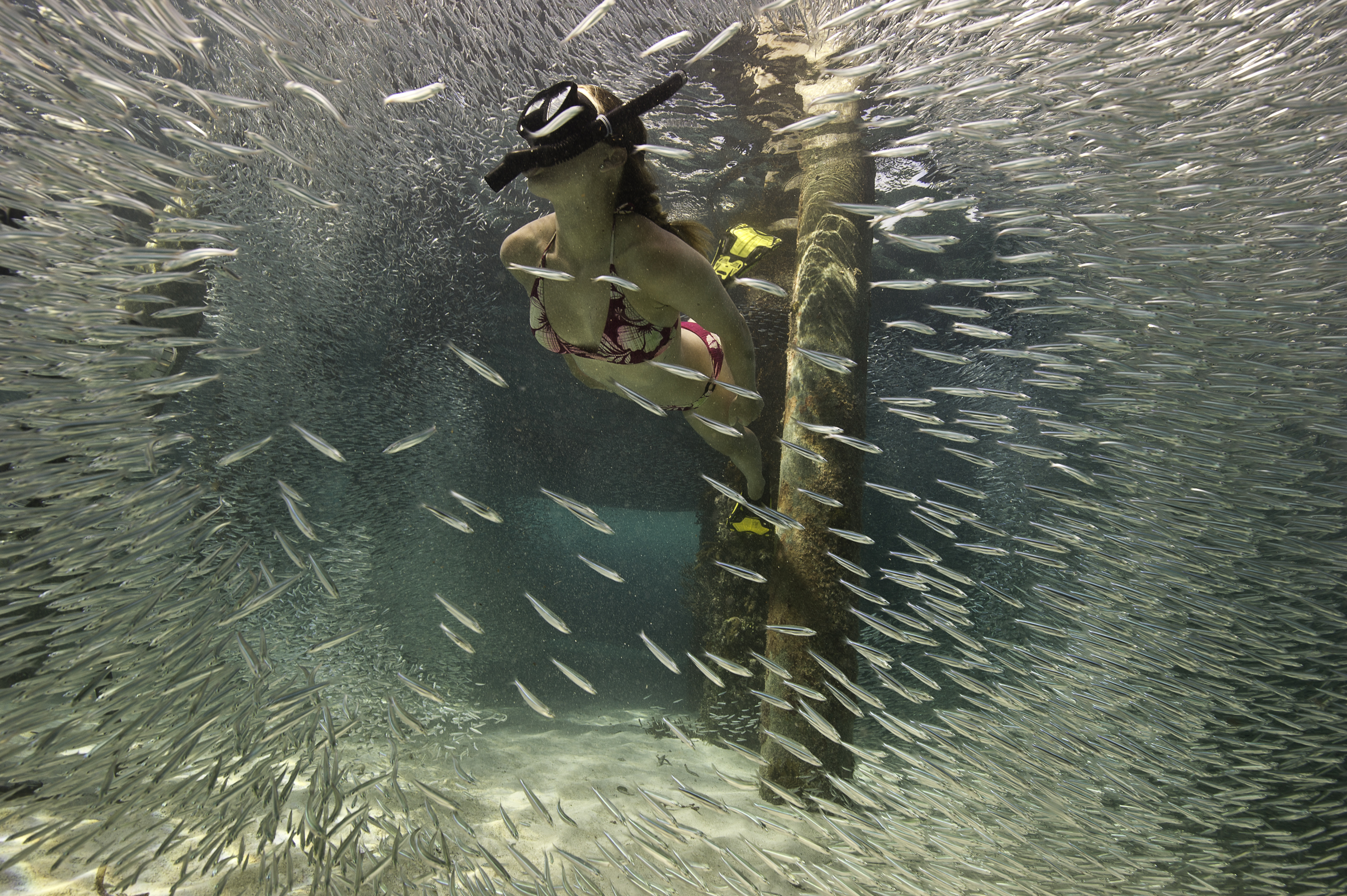
South Coaling DocksSouth Coaling Pier Pilings/Coal Docks 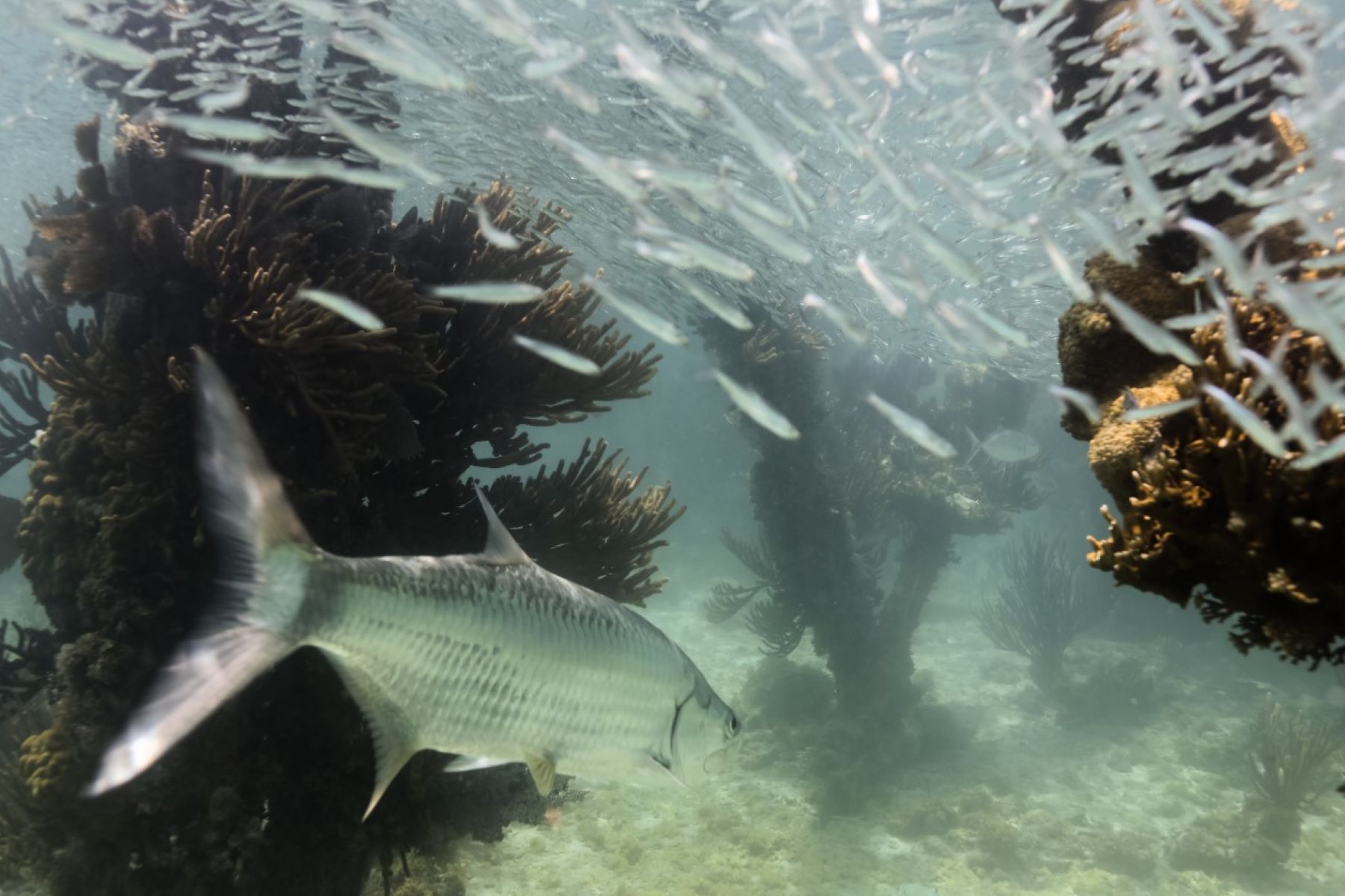
Tortugas Harbor LightBoiler Plate Iron lighthouse built on top of Fort Jefferson in 1876. 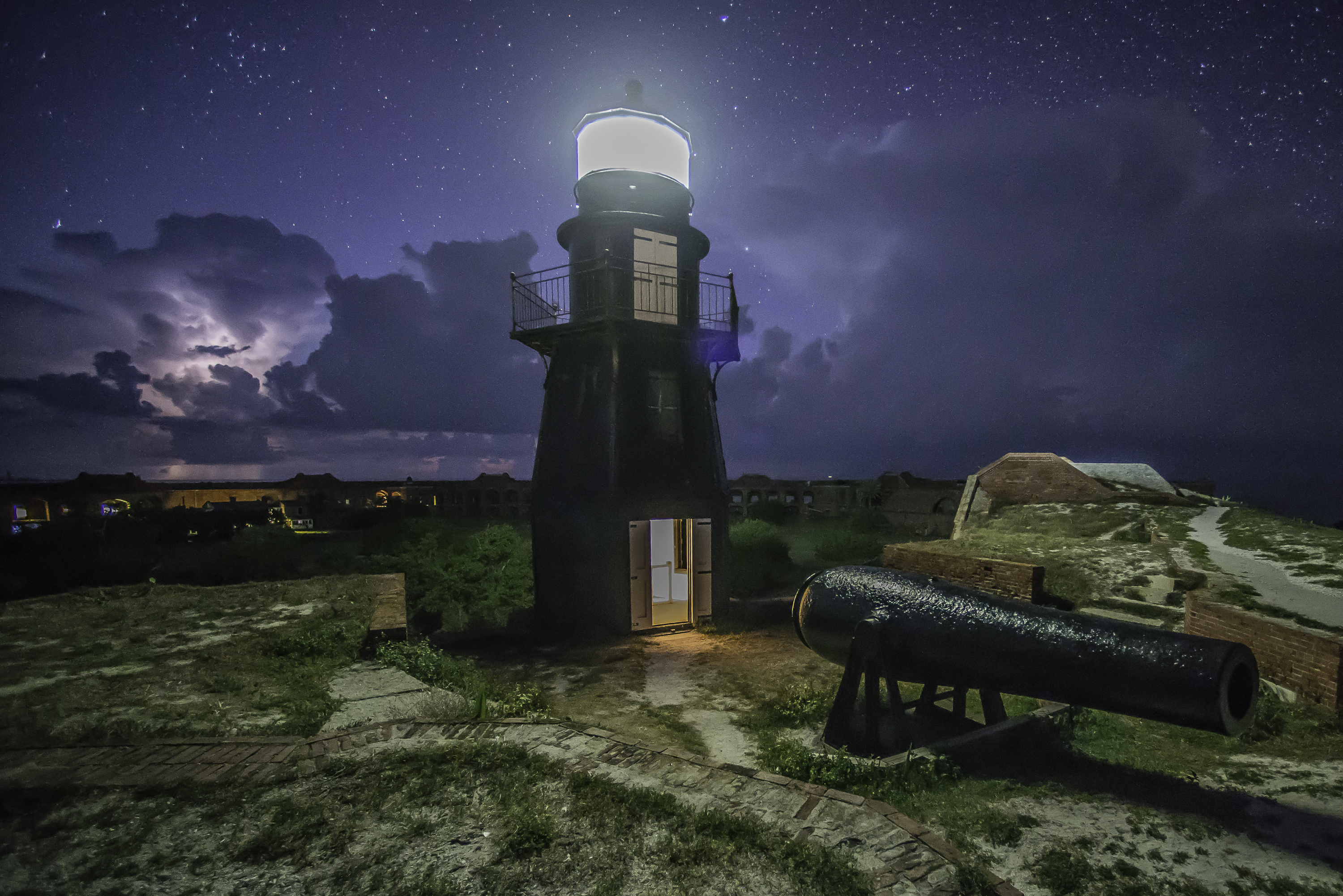
W. Garden Key Dinghy BeachWestern Dinghy Beach on Garden Key 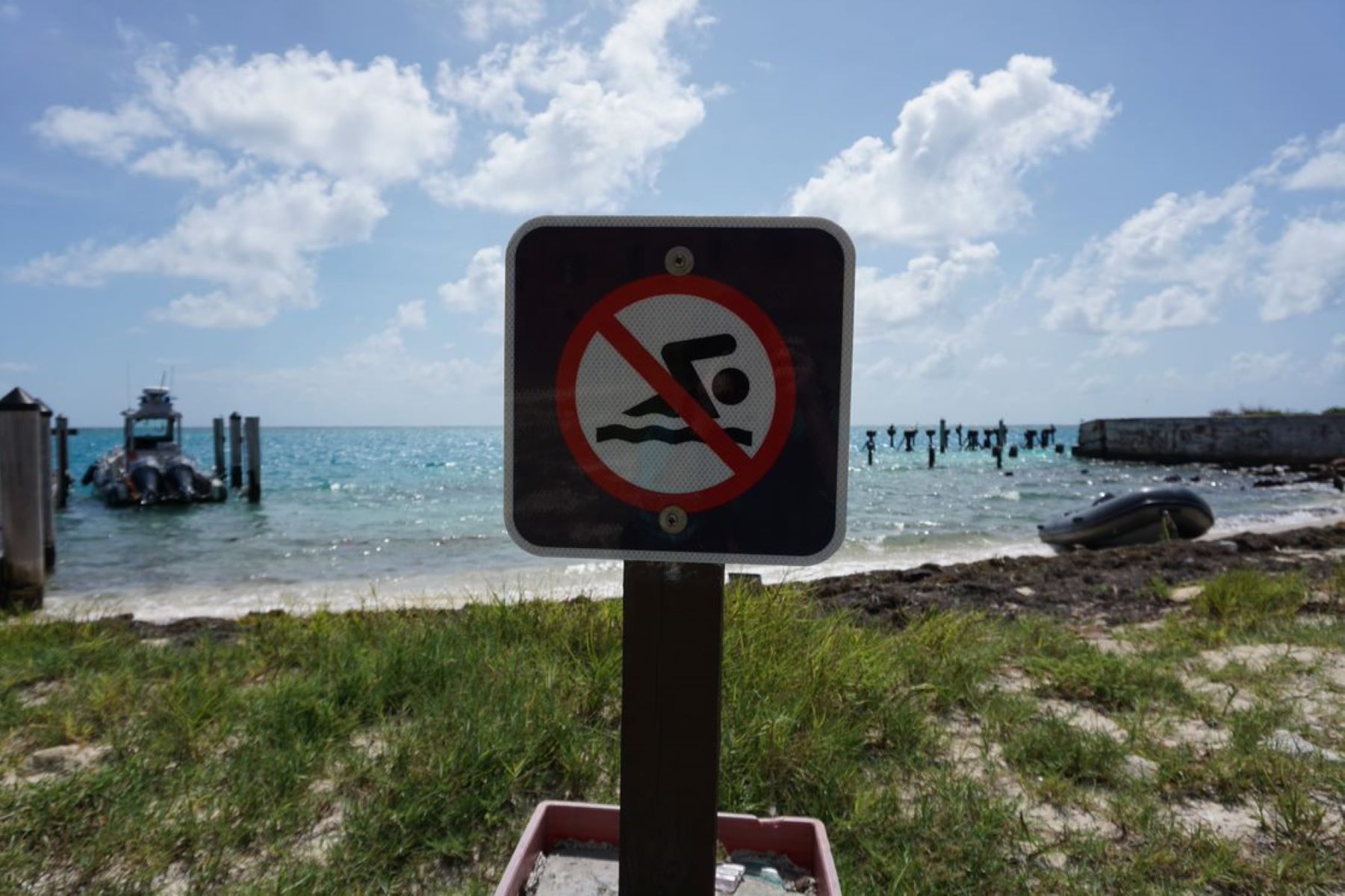
Windjammer WreckWindjammer Wreck 
Yankee Freedom III Ferry DockYankee Freedom Dock 
|
| Visitor Centers | Count: 2
Florida Keys Eco-Discovery Center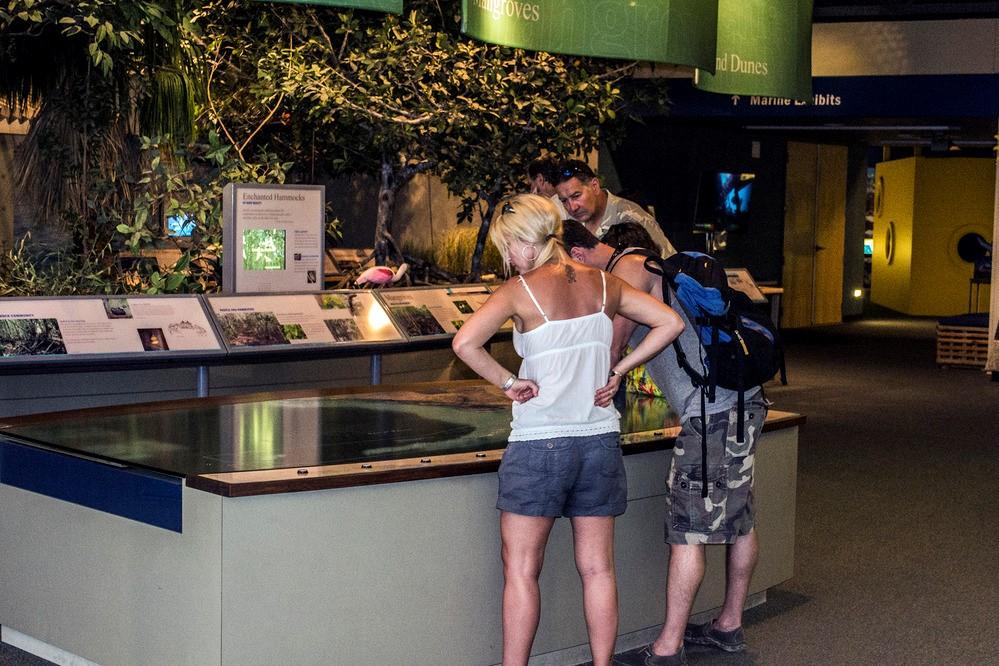
Garden Key Visitor Center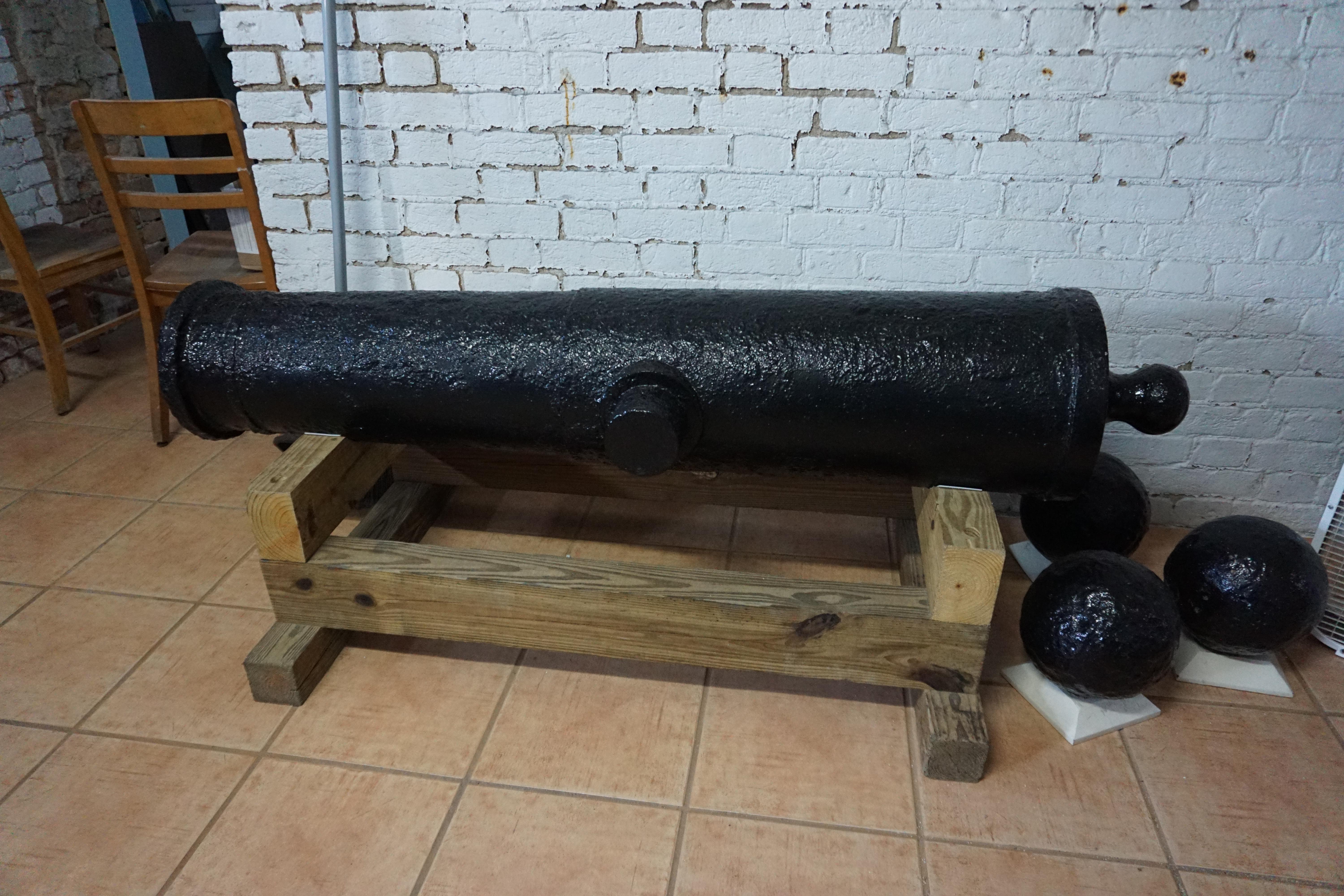
|
| Things to do | Count: 4 |
| Tours |
Count: 0
|
| Articles |
|
